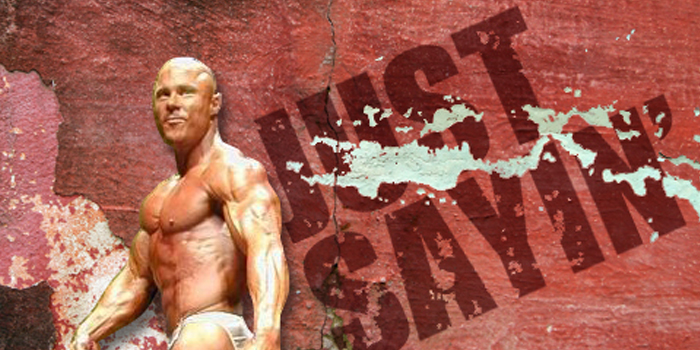
I have used Skiploading for 20 years, and there is a ton of information on the internet about my method of dieting and peaking for a bodybuilding show. This information is scattered and not easily referenced in one place until now. I'm smart enough to have done this by design. When detailed information is spoon-fed to someone, they sometimes feel they don't need to consult with me to use my methods. For some, my methods will work great if implemented and adhered to without working with me directly, while others will struggle with the discipline of knowing when to Skipload, how often, how much, etc. I am providing this information in detail in one location, not so much for people to use the information themselves (though this will obviously happen), but to explain the methodology to those who still don't understand it or feel that it isn't an effective way to get lean.
This article is going to be lengthy. It has to be because there are a lot of misconceptions out there about Skiploading. Some have described it as eating anything and everything they want for a full day and then go on to explain how counterproductive this is to get lean or shredded for a bodybuilding show. Of course, this explanation is incorrect, and there are relatively tight parameters around what to eat, how much to eat, how frequently to Skipload, etc. These general explanations are always made by people who have very little, if any, understanding of Skiploading and how it works. Thousands of people have used it successfully over the last two decades to get into incredible condition and drop a large amount of body fat. Let’s dig in.
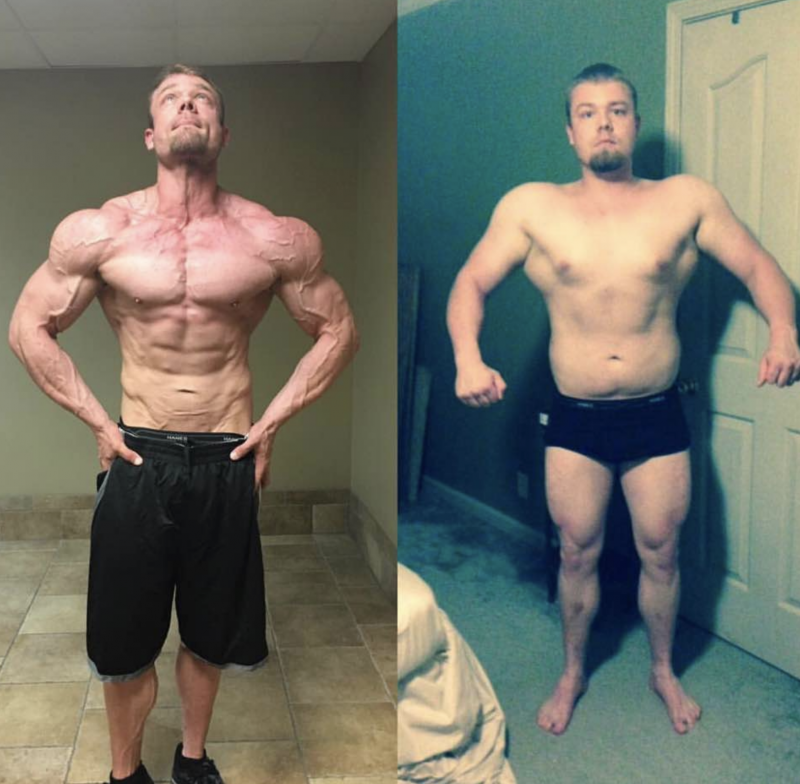
Skiploading, at its core, is quite simple in how it works, and I have explained it this way for years:
Let’s say you have a giant pile of wood that you need to burn and get rid of, and you have roughly 20 weeks to get rid of this pile of wood. You start a fire and keep the fire burning, over time, by adding more wood to the fire. This process will work to get rid of a large amount of wood, but what if you could add something like gasoline to the fire to make the fire burn hotter, thus, burning more wood in a shorter amount of time?
Now, let’s consider the wood to be body fat and the gasoline to be carbs or carbs and fats (added calories). If you were to "pour" more calories on the fire, creating an even hotter fire, it would stand to reason that you would burn more wood. This is the premise of Skiploading, in a nutshell.
Something that I want to make very clear from the start is that this method has been used in some fashion for a very long time – even before I branded this method by calling it Skiploading. I can't take credit for the idea, and I have always admitted that no one is reinventing the wheel in this industry – including me. What I have done is taken a theory or a relatively unknown method and perfected it over the last 20 years. It has been successfully used by top-level bodybuilders, professional athletes, figure and physique competitors and also middle-aged soccer moms who simply want to lower body fat levels. It has been proven so many times over that the argument isn’t whether it works but whether it is as effective as other, more antiquated methods of dieting.
Bodybuilding is rife with bravado; we pride ourselves on discipline. and when it comes to dieting, we pride ourselves on "going without." Some would call it starving but call it what you want; I'm just making the point that the most-effective trainers in the industry these days use some method of offsetting the metabolism either with cheat meals, "refeeds,” shitloading, etc. Quite a few top trainers learned their dieting methods from me, and while some refuse to call it Skiploading, it is, in fact, Skiploading. It’s as if there is this weird paradigm in our industry where people can’t show enough respect to someone when they have learned a method from them, and instead want to take all of the credit as if they are the genius behind the methods they use. However salty this may make me, I don’t want to digress, either.
The discipline of dieting and those who pride themselves on restricting any semblance of “bad foods,” avoid Skiploading like the plague. They refer to it as a lazy man's way to diet and claim that this type of dieting can't get people shredded. The irony is that over the last 20 years, I have heard this said by too many people who are delusional about their condition because their physique sometimes proves that they weren't as shredded as they claimed to be. You would think that logic would prevail, and they might try something that could get them the level of conditioning they long for, but this doesn't always happen. Sometimes, people simply prefer to torture themselves, thinking their way is the best way. This would make sense if they were, in fact, in incredible condition, but as I stated previously, this isn't always the case.
How Skiploading Works
After years of perfecting Skiploading, I have settled on what is typically a weekly cycle where Skiploading is done once per week, using the same day to Skipload every week. Most people tend to do their Skiploads on either Saturdays or Sundays because most people work during the week, and they can combine socializing or spending time with family while Skiploading. Understand that this is just a bonus and was not built into this dieting method. It was also not meant to give a "mental break" to someone who is dieting. The fact that it might offer these advantages is purely coincidental because the only thing I cared about when developing this dieting protocol was to find the absolute best way to feed the metabolism to strip as much body fat as possible. Whether someone Skiploads on a Saturday or a Tuesday doesn't matter as far as progress is concerned, as long as the dieting cycle is seven days.
As time passes while dieting, the body will adjust to consistent caloric intake (and output to some degree), and progress will stall. We have all seen this with traditional dieting methods. This is precisely why a diet is only as good as the next adjustment. To keep the metabolism off balance, some will use carb cycling while I use Skiploading. In a sense, Skiploading could be referred to as cycling carbs or calories because once every seven days, calories will "cycle" much higher than the metabolism is used to. This type of cycling feeds the metabolism – much like throwing gas on a fire. Initially, there is a jump in scale weight, but the added weight is from added water weight, due to storing more carbohydrate as glycogen in the muscle and the liver. This added weight and glycogen will then get depleted over the next seven days, and scale weight will fall again, dropping below the lowest scale weight from the week before. Weight training depletes glycogen stores, and Skiploading depends upon this depletion to work effectively.
Glycogen is the preferred source of fuel for intense weight training. It is almost impossible to maintain high levels of stored glycogen and expect the body to use body fat as a fuel source. So, as the muscles are depleted of glycogen throughout the week from weight training, the body will then shift to using body fat as a fuel source. Obviously, this is what we are all attempting to do to get shredded. The Skiploading on the 7th day then refuels or refills glycogen stores (not always to 100%, though) to help fuel intense workouts for the next week and to again "reset" the metabolism, keeping the body off guard and not allowing it to settle into a set caloric intake.
Week after week, Skiploading can be so effective that a lot of people can go weeks or even months without making a diet change, other than changing the Skipload time or the amount of food they consume during a Skipload.
What Does a Skipload Look Like?
A Skipload is a set amount of time that you are to eat processed carbs that are low in fat or processed carbs that have moderate fat. There are two versions of Skiploading because, over the years, I have found some people respond better to the higher fat intake versus lower fat intake. You won't know what version you react to best until you experiment with both. However, those people who have higher body fat levels do tend to respond better to the higher-fat version at least until they get leaner. This is due to higher body fat, typically making someone more insulin resistant. The leaner you are and the lower your body fat, usually, the more insulin sensitive you will be. In this case, more carbohydrates can be more beneficial with less fat intake.
It is important to note that insulin resistance and insulin sensitivity are not black and white conditions. You will not be one or the other but will tend to lean towards one more than the other. If someone has a higher body fat level, they are going to be more insulin resistant. In layman's terms, this means that it is more likely that higher blood-glucose levels will cause carbohydrates to be stored as body fat vs. being efficiently stored as glycogen in the muscle and liver. On the other hand, the leaner you are, and the lower your body fat levels, the more insulin sensitive you will tend to be. This means that your body can typically handle more significant amounts of carbs, and those carbs are more likely to be stored as glycogen versus being stored as body fat.
The higher fat intake during a Skipload may seem counterintuitive for someone who already has a higher level of body fat; still, the reality is that fat slows the rate that carbohydrates hit the bloodstream. This means that fat intake on top of carb intake during a Skipload will tend to keep blood glucose levels lower than if the added fat wasn’t there. You might be focused on the fact that there are more calories in fat than in carbs, and this could seem counterproductive while dieting, but again, the reality is that the added calories are needed to offset the metabolism. Obviously, if you only require a 3-hour Skipload and you Skipload for 12 hours, this can lead to a gain in body fat. The "magic" is knowing how long to load and which version of Skiploading to use. I will get further into this in a moment.
A Skipload can range from one meal to as long as sixteen hours. Though there is quite a disparity between one meal and sixteen hours, I should note that MOST Skiploads are in the area of three to nine hours with a smaller percentage being less than three hours and a small percentage being up to twelve or more hours.
When I first started using Skiploading, I didn't put much focus on how many hours to load but was more focused on how many meals. I had to change this because as effective as the method was – even early on – I found some people who may have been given two Skipload meals, were eating a massive meal to start the day, and then another enormous meal six hours later. Doing this allows for a tremendous amount of food versus if those two meals were done within a specific time frame of, say, three or four hours. If you eat a massive meal, you will be stuffed and miserable hours after that first meal. Pushing to a timed structure forced clients to pace themselves and not stuff themselves, making themselves miserable.
My current structure and philosophy on Skiploading is to have clients structure their meals at roughly 2.5 to 3-hour intervals. This allows for enough time to get a solid meal in and then have time for that meal to digest before having the next meal. It also teaches restraint and, as previously noted, the ability to pace themselves.
Most people deal in absolutes when it comes to dieting. They want to know how many carbs and how much fat to eat, but this is not how Skiploading works. I understand that some trainers have taken my Skiploading protocol, and because of their black and white thinking, they use specific numbers for macros. I do not do this because I believe that hunger (and leptin levels) are an excellent gauge or tool when Skiploading. My clients are instructed to eat to the point of being full and satiated but not miserable or stuffed. Yes, this is incredibly "grey" to some people. The vast majority of clients I have worked with over the last twenty years will tell you that it only takes a couple of Skiploads before they develop an understanding of how much to eat at each meal and how much is too much. This also helps to establish a connection with their body and forces them to listen and assess feedback. The alternative is relying upon the trainer to eat X amount of this and X amount of that – something that I have not pushed my clients to do for the last two decades. The more depleted and lean someone is, the more calories they can consume. It is important to note that the more calories they can USE to feed the metabolism, the better. It is not uncommon to see Skiploads build consistently throughout a cutting phase from one meal or three hours to well over nine hours, and sometimes from the time they get up out of bed to the time they go to bed at night. Every situation is different, and every person is different, but the reality is that building the Skipload feeds the metabolism over time.
Types of Foods to Use for Skiploading
Again, processed carbs are better for Skiploading because when glycogen is depleted, we want to fill glycogen stores quickly and efficiently. Processed carbs hit the bloodstream quickly, and this causes an insulin response. In turn, this causes the loading process to be very efficient and faster than if fat intake or even fiber intake (fiber slows the rate that carbohydrate hits the bloodstream, as well) was higher. We want an insulin response at this time. Insulin promotes the storage of nutrients, and insulin gets a bad rap sometimes. Most people see an insulin response as bad for burning fat as a fuel source. However, during a Skipload, this is not a time where the body is burning body fat and getting leaner. It is a time to reload glycogen stores and feed the metabolism for the following week. When caloric intake returns to normal levels the day after a Skipload, the metabolism is running much higher than the caloric intake, and this is where the body goes into a state of ultra-fat burning. The body will remain in this state for the better part of the following week until the metabolism again starts to slow and adjust to the consistent caloric intake, and then another Skipload is used. The cycle repeats every seven days.
For traditional Skiploading – where carbs are high and fat is low – I prefer to use low-fat foods like:
- Pancakes or waffles with real syrup
- Toast, bagels, English muffins with jam
- Spaghetti or gnocchi with a marinara sauce including toast with garlic salt
- Almost all cold cereal including kids’ cereal is low in fat and high in carbs
- Cereal or granola bars
- Rice or pasta dishes
- Low or no-fat pringles, chips or pretzels
- Soft pretzels
- Rice cakes with jam
- Brown sugar oatmeal or flavored oatmeal
- Fruit including dried fruit
- Even candy can be used in limited portions
- Low-fat sushi and low-fat sushi rolls
- Pizza can be used if it is a dry crust (not oily) and has low-fat toppings and limited mozzarella cheese
For higher-fat Skiploading, I prefer to use these types of foods:
- Sushi rolls (but not the rolls that are caked in sauces)
- Steak and a loaded baked potato or rice/potato dish
- A quality burger and fries like from 5 Guys or a restaurant or bar burger (no fast food like McDonald's or Burger King, etc.)
- Pizza that has a dry crust (not oily) with regular cheese portion but quality toppings (not pepperoni or salami, etc.)
- Spaghetti or gnocchi with garlic bread and a heavier sauce than just marinara
- Substantial breakfast of pancakes or french toast with syrup, omelet, hashbrowns, etc.
- Chipotle burrito or equivalent
- BBQ chicken wings or BBQ thighs, chicken sandwiches, etc.
- Breyer's ice cream (if they tolerate dairy well – this is usually before going to bed due to the dairy)
- Full-fat cottage cheese with fruit
- Most Mediterranean or middle-eastern food
- Triscuits and pretzels
- Tater tots, potato smashes for breakfast (potatoes, scrambled eggs, cheese, etc.)
Obviously, there is a myriad of choices for both lists, but I tend to stick to these foods the most with clients unless they specifically ask me about a particular food and whether it can be added to their Skiploads.
I get the question a lot as to how much protein should be eaten during a Skipload. I have done Skiploads where I have clients get their required protein first and then fill up on carbs, and I have also done Skiploads where I ask the client to get some form of protein with their Skipload meals. An example would be having an omelet for breakfast with other carb foods or having a burger. When calories are in a surplus for one day to focus on carbs, the protein being lower than usual will not jeopardize any muscle mass or gains. It depends on the client as to whether I have them eat their required protein intake for each meal, but I tend to pull away from the purposely adding protein to each meal as the Skiploads get larger, no matter who the client is. So, the general rule of thumb should be that if you plan to eat foods that have little to no protein in them, add a protein food but you shouldn’t need much.
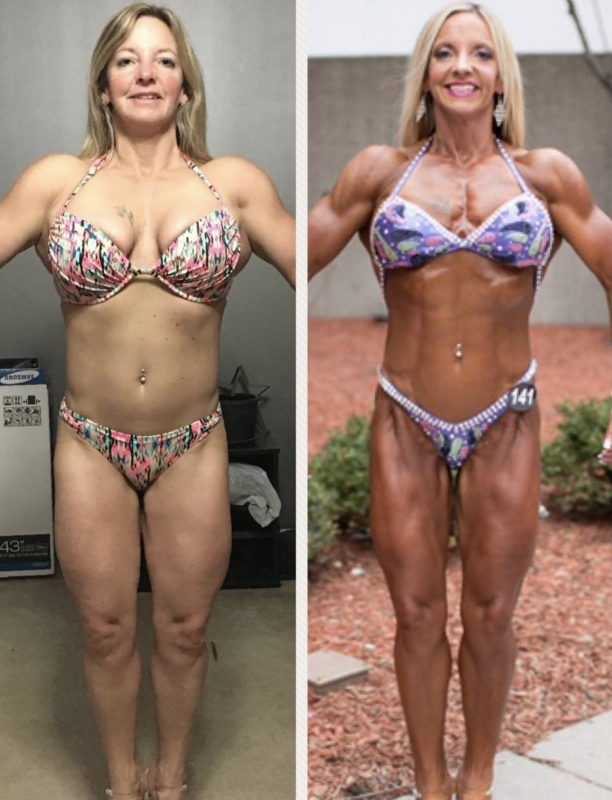
How Does Skiploading Not Make You Fat?
When you are depleted of glycogen, your body has a need or use for added carbs, and they will get priority to be stored as glycogen in the muscle and liver, first. The question then becomes, "why is fat not stored as body fat?" Unbeknownst to most (for some strange reason), muscle absolutely will suck up fat in the form of triglyceride when depleted, as well. A lot of people struggle with this for some reason. This does not mean your muscle turns to fat or that you will now have fatty muscles. When the body is depleted, it acts as a sponge and sucks up nutrients very quickly and stores them in the muscle, and this includes fats.
Another issue that goes against the grain with some people is they believe that every calorie ingested “counts.” This is not true and especially in very large Skiploads or Skiploads of longer duration. There comes the point where the body cannot keep up, and macros will move through and not be assimilated or absorbed. I cannot tell you how much, but simple math has proved this point for years, over thousands of clients. While depleted, they ingest well over their caloric maintenance levels and yet will end up leaner the next week. This doesn't happen sometimes, it happens the vast majority of the time and has happened for the last two decades. If the math were correct and every calorie counted, body fat would be added, but this does not occur when Skiploading is done correctly. If body fat is gained while Skiploading, you are doing something wrong. Either your regular diet is too high in calories, your Skipload is just way too long, or you aren’t depleted enough for the size of the Skipload you are using.
The next question usually is, “If not all of the food is absorbed, why eat it?”
On the surface, this seems like a good question. When you break it down, the answer is quite simple: you want to ingest more nutrients than your body needs so that your body has all that it wants and needs. If it doesn’t need it, at least you supplied it. On the other hand, if your body needs or wants X amount of calories and you don’t provide it, you will remain depleted and potentially not impact the metabolism as much as you could have with a larger caloric intake.
The average person who doesn’t workout eats processed carbs all of the time and gets fat. They get fat because they have not provided a use for the processed carbs. A bodybuilder who is dieting and is depleted has provided a use for those processed carbs. This is the huge difference between the two; one will get fat while the other one gets crazy lean.
How to Gauge How Big the Skipload Should Be
The most significant indicator (though there is more than one) is how much below baseline your scale weight is during each seven-day cycle or every week. Baseline, as it relates to Skiploading, is the lowest scale weight from the previous week. What happens every week is you will hit your lowest scale weight (baseline) before Skiploading again. Your weight will jump up from the added water weight, and then after returning to the regular diet, your scale weight will fall back to baseline and then below baseline. This means you will have a new baseline every week if Skiploading is done correctly. Here is an example:
A client diets for six days, and their lowest weight is 198 pounds before their Skipload starts. Their lowest weight the previous week was 201 (baseline). So, they lost three pounds in one week. Though many factors determine how long their Skipload may be, let’s say that the last Skipload was three hours in duration. They then lost three pounds, so their Skipload likely could be pushed to five or six hours to see how they respond. If they lose another two or three pounds, the Skipload can continue to go up the following week. The goal is to get the Skipload as high as possible while still losing body fat because the higher the Skipload, the more these Skipload calories are fueling the metabolism for the following week.
If you increase the Skipload for three weeks in a row and the client hits their baseline weight but doesn't fall below baseline, this is a good indication that you pushed the Skipload a little too high, and you will need to back off on the Skipload (total hours) the next week. That might mean that if you were at nine hours and didn't drop to baseline, you could cut the load time back to five or six hours. This usually will kick the results back into gear and then see a loss of body fat and scale weight, again.
If you baseline quickly after a skipload but don't drop below baseline before your next scheduled Skipload, this usually means that the Skipload is not the problem but that the regular diet is too high in calories. As long as you baseline, the Skipload is not the issue. If you don’t drop below the baseline for several days, this is almost always an indication that the regular diet needs to be adjusted.
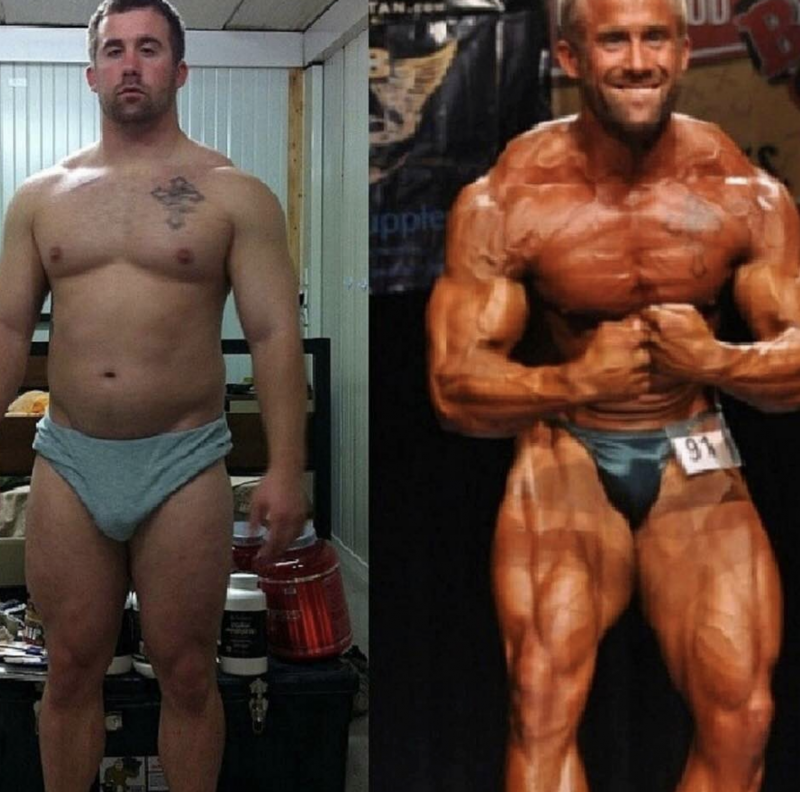
If you use Skiploading correctly during a cutting or contest prep phase, it can work incredibly well. However, I don’t care if you use it or not. I didn’t write this article to sell anyone on my methods; I wrote the article to inform the misinformed. There is a myriad of ways to remove your skin and look like an anatomy chart. Of course, I have spent almost twenty years perfecting my method, and I feel it is the best way or I wouldn't use it. If what you are doing is working well for you, continue doing it. You shouldn't fix what ain’t broke. If what you are doing is not working well and you want to get into better condition but can't seem to figure out how to do it, it would behoove you to dig in and give Skiploading a shot. Just Sayin’.










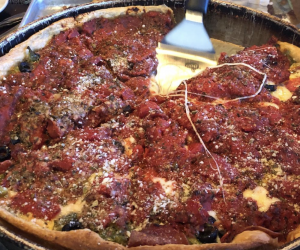
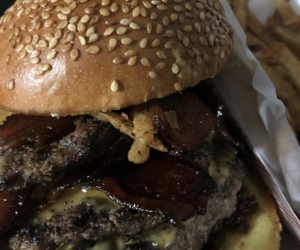
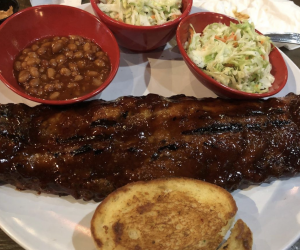
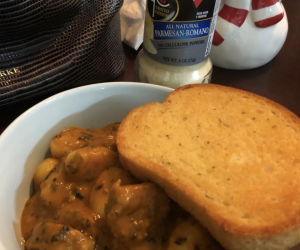

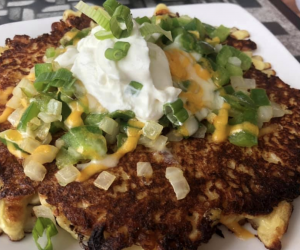
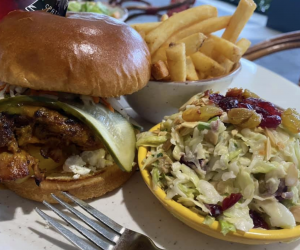
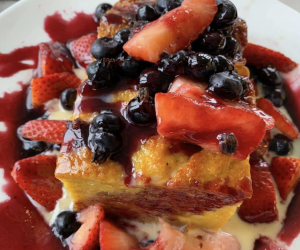
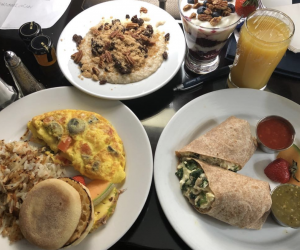
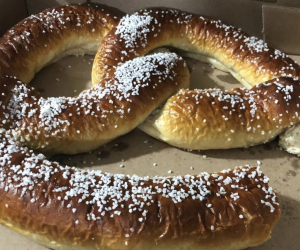
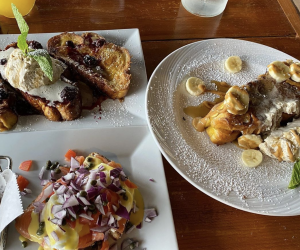
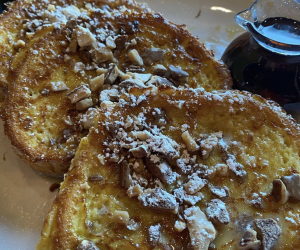
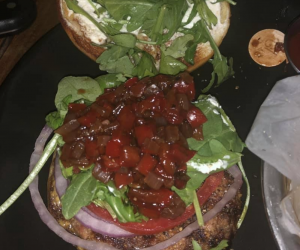

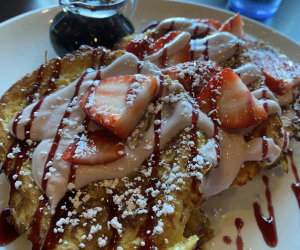
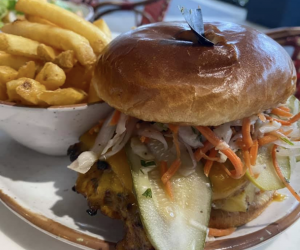
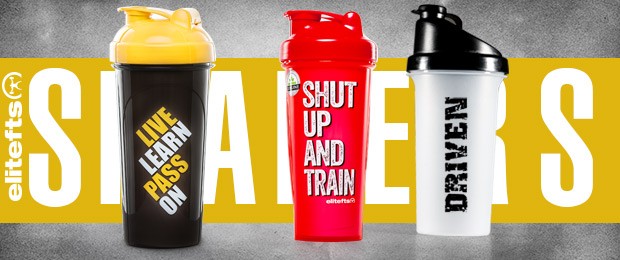
Should the carb level during the 6-day period be reasonably low, say 100-150g a day for a 220lb lifter?
Thanks for the great info.
So let's say I skip loaded gor 3 to 5 hours (whatever it may be), afterwards am I jumping back on to my diet for the rest of the day? As far as my tracking goes, I'd be ignoring the skipload and treating it like a regular day right?
Either way, your regular diet either before or after the Skipload, yes.
2. Doesn't give credit to where he learned this technique.
3. Complains that no one gives him attribution for "skiploading."
Your bullet points prove you know absolutely nothing about me, or if you do, you have a bone to pick with me.
I have and continue to give credit for the last 20 years to the person that I learned this method from. It then evolved over time to the current method. It is because I have always given credit to the person I learned this method, that I expect the same in return.